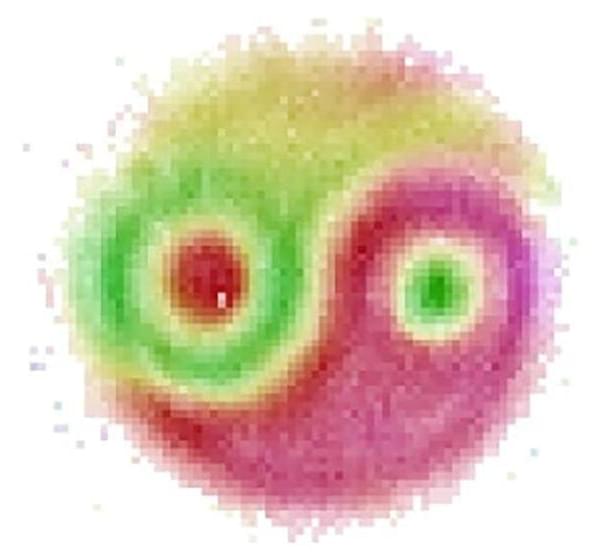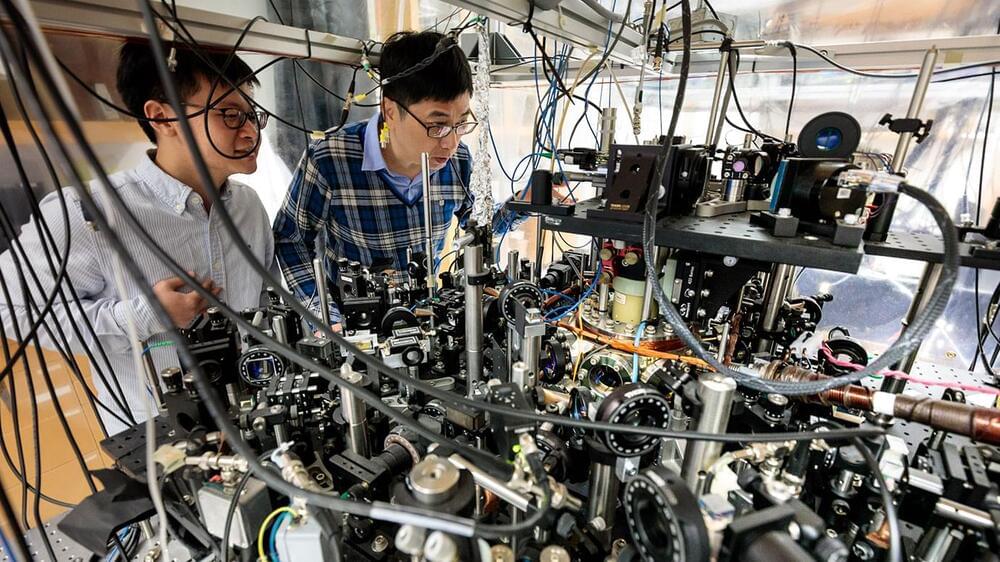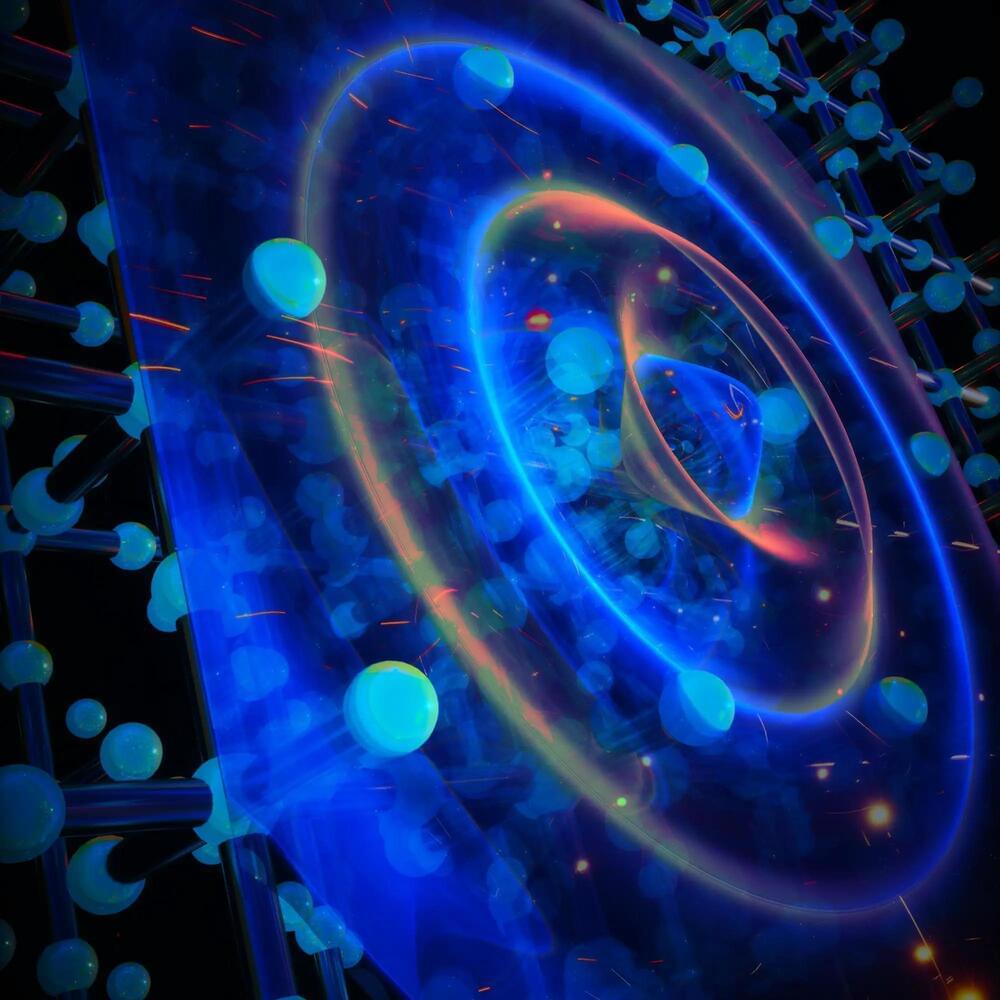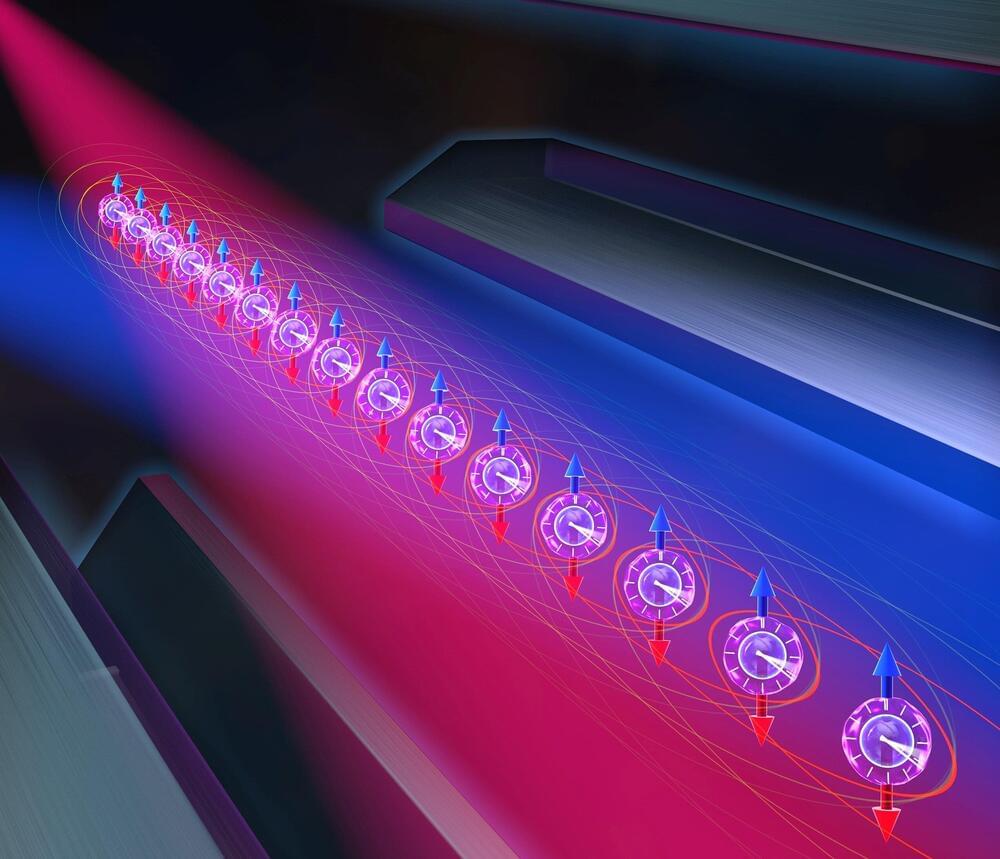67 years after its theoretical prediction by David Pines, the elusive “demon” particle, a massless and neutral entity in solids, has been detected in strontium ruthenate, underscoring the value of innovative research approaches.
In 1956, theoretical physicist David Pines predicted that electrons in a solid can do something strange. Although electrons typically have a mass and an electric charge, Pines asserted that they could combine to create a composite particle that is massless, neutral, and doesn’t interact with light. He named this theoretical particle a “demon.” Since then, it has been theorized to play an important role in the behaviors of a wide variety of metals. Unfortunately, the same properties that make it interesting have allowed it to elude detection since its prediction.
Fast forward 67 years, and a research team led by Peter Abbamonte, a professor of physics at the University of Illinois Urbana-Champaign (UIUC), has finally found Pines’ elusive demon. As the researchers report in the journal Nature, they used a nonstandard experimental technique that directly excites a material’s electronic modes, allowing them to see the demon’s signature in the metal strontium ruthenate.







